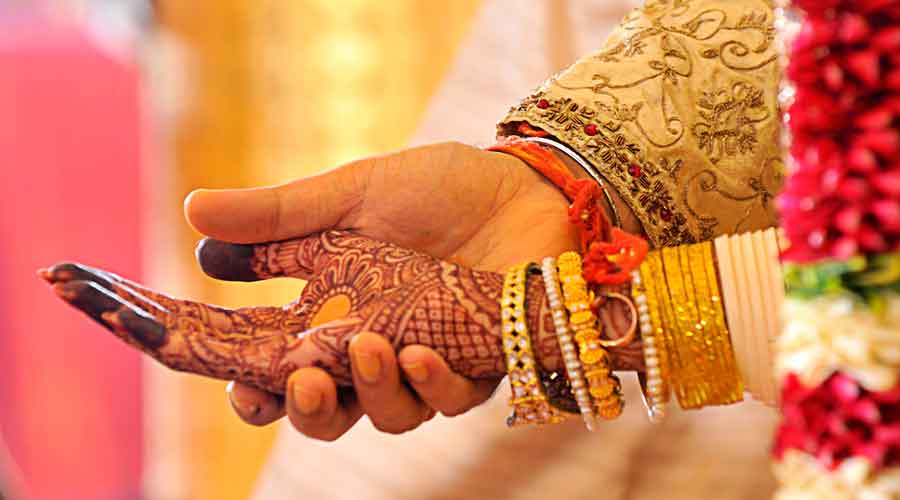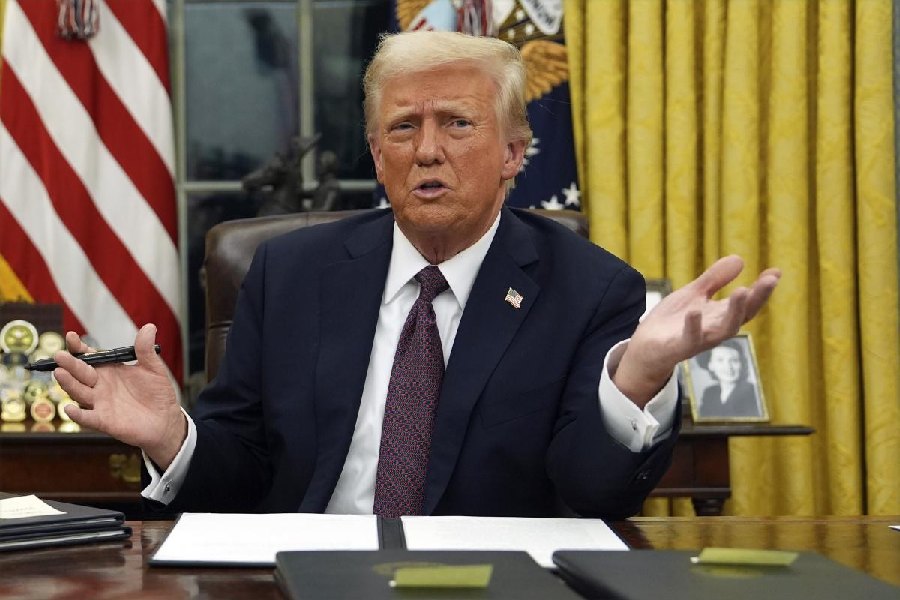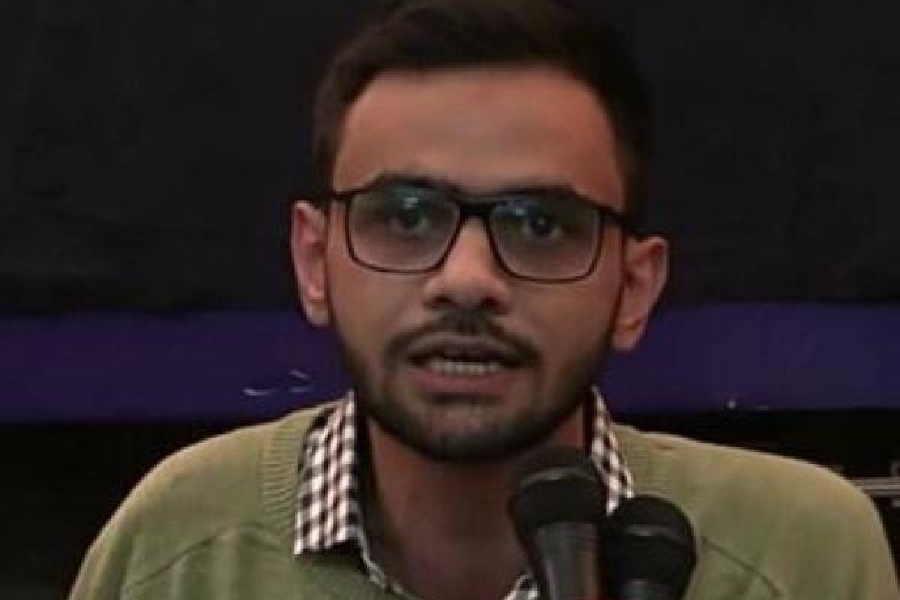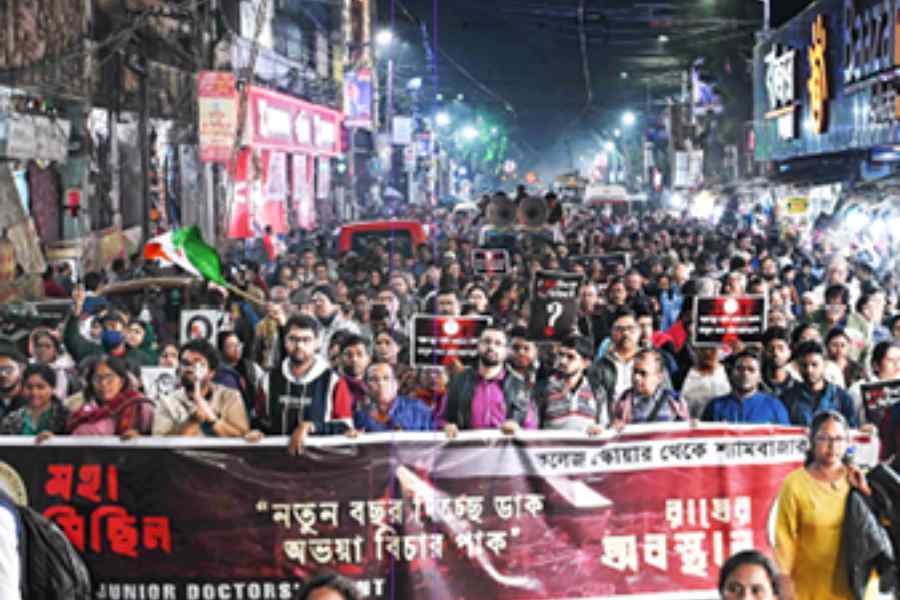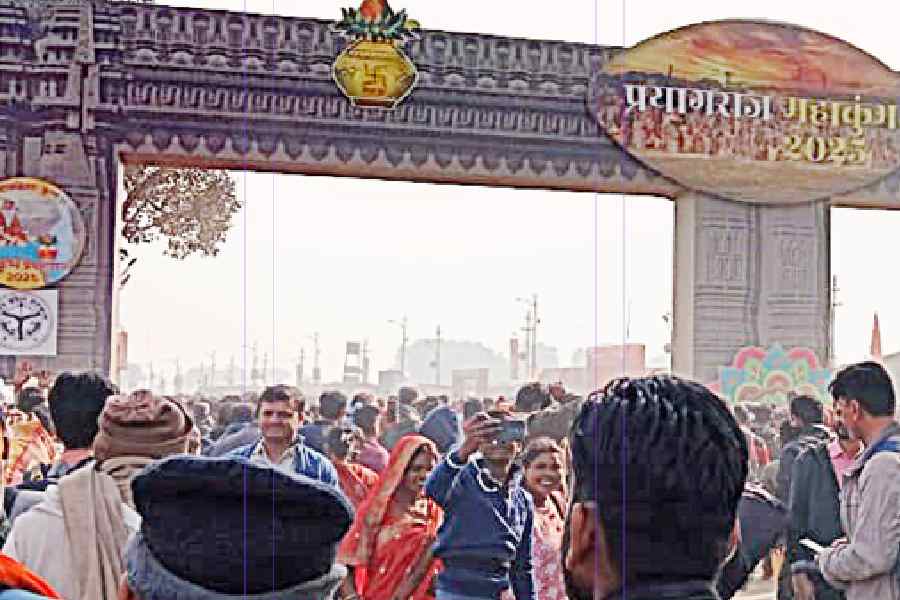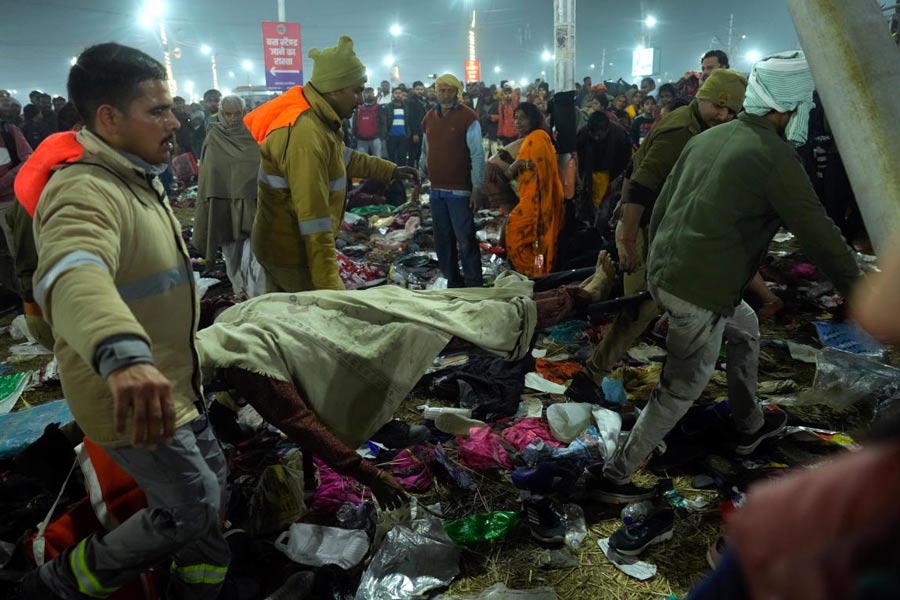Delhi High Court on Thursday said the requirement of personal appearance before the authority concerned for registration of marriage would include appearance through videoconferencing.
Justice Rekha Palli, who was hearing a plea by a US-based couple seeking registration of their marriage through videoconferencing, stated that the high court had permitted the registration of a marriage through the virtual mode earlier as well — in 2007 when the use of such technology was at a nascent stage.
“I find that… (the requirement of) personal appearance would include appearance through videoconferencing,” Justice Palli said, adding that she would “allow the petition” seeking permission for virtual appearance before the registering authority.
“You will get the order in a day or two,” the judge said.
The US-based couple had said their marriage was solemnised through Hindu rites and rituals before the registration of marriage was made compulsory in 2014.
Since the couple had relocated abroad by then, they were unable to get their marriage registered under the Delhi (Compulsory Registration of Marriage) Order, 2014, it was stated.
Considering that their application for a green card was not being processed in the US for want of a marriage certificate, the couple had approached the local authority in New Delhi for issuance of a marriage certificate.
The local authority maintained that physical presence of the parties was a mandatory requirement.
The couple moved the high court after their representation to the sub-divisional magistrate for virtual appearance remained unanswered.
The counsel for the couple stated that several high courts have passed orders allowing virtual appearance of parties for registration of marriages. Considering the Covid-19 pandemic and the travel ban imposed by several countries, the lawyer said that virtual presence ought to be allowed.
The Delhi government counsel argued that the physical presence of a couple seeking registration of marriage was mandatory and the process could not be undertaken through videoconferencing as it required taking a “live photo”. It was also submitted that physical appearance helped prevent false registrations, unwanted litigation and ascertain the soundness of mind of the parties.

